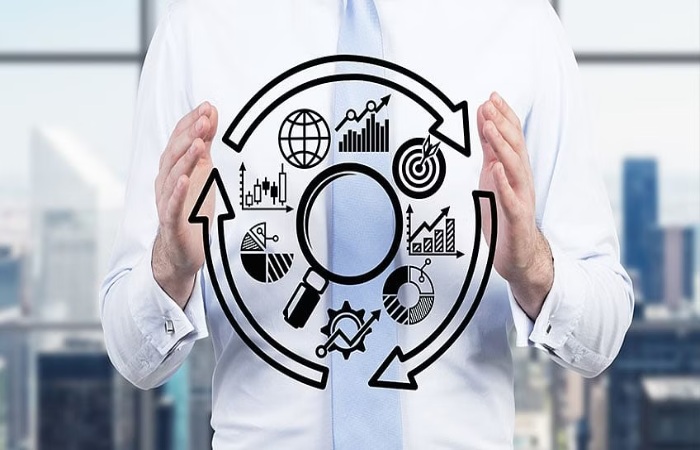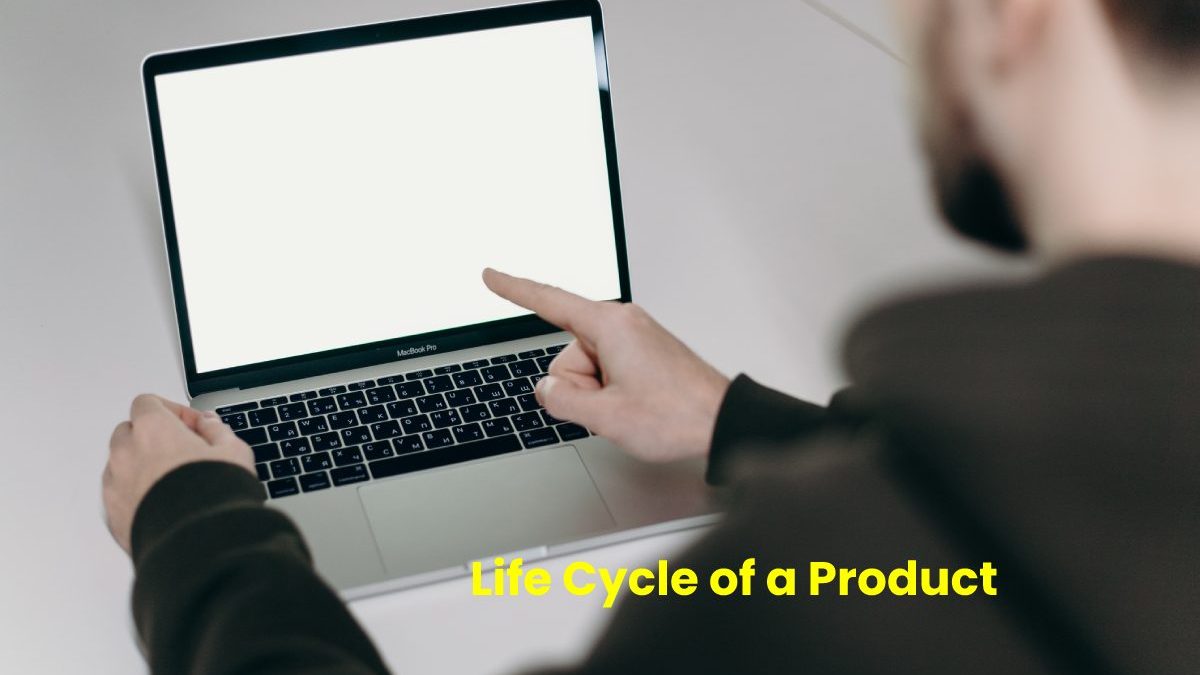Table of Contents
Introduction
The life cycle of a product is a chronological process that runs from its launch on the market until its disappearance. The life cycle consists of the evolution of a product or service through defined processes or periods throughout its commercial life while the goods are for sale in a market. During this process, different stages take place, which are mainly conditioned by two variables: sales and profits. Both variables tend to evolve following a curve with an increasing shape at the beginning and a progressive decrease over time.
Classification of the Life Cycle of a Product

According to the most renowned economists and marketers, there are 4 (four) life cycles or phases for a product or service, which extend from the birth of the good to the end of its production and marketing. However, due to the latest trends in Marketing, some specialized authors group products into 5 (five) life cycles, adding the development phase or cycle.
They are analyzing from the first perspective, where the authors group the products into four cycles since this classification is the most common and the most used.
- We can identify the following life cycles:
- Introductory or Introductory Stage
- Growth Stage
- Maturity Stage
- Decline Stage
Characteristics of Product Life Cycles
Before defining the characteristics of each cycle or time, it is essential to note that a product can spend years and decades in the same life cycle. It is mainly due to the characteristics of the market where they are sold. Efforts are also very relevant For the brands or companies in adapting their products to the constant evolutions and demands of the market where they will be sold.
An example of this remains the Coca-Cola brand, which has been in the maturity stage for more than half a century, with practically no alterations to its original formula. It is also vital to note that each product or service has a different life cycle since not all items are the same, and each difference can affect their marketing.
Introductory or Introductory Stage
- It is when the product is born and is introduce in the market.
- At this stage, consumers or potential buyers do not know about the product, and there may not even be a specific need or demand that justifies its appearance.
- Consequently, sales are low and slow, thanks to buyers being more open to innovations.
- To promote the introduction of the product, it is necessary to invest in promotion, especially that aimed at the market niche that may be more receptive.
Example of the Introduction Stage
Apple launched its first smartphone, the iPhone, in the middle of 2007. It presented very advanced technologies and features, well above its competition. It could even be said that said technologies were not necessary to the public at the time. However, customers appreciated its qualities, and the phone was soon the object of desire by millions and millions of young people. By 2008, Apple was already globally selling millions of iPhones worldwide, so it can be said that the introduction stage for the American company’s Smartphone last very little.
Growth Stage
- The main characteristic of this phase is the increase in sales.
- As the product becomes known, the interest of consumers increases and, at the same time, profits.
- To consolidate this growth, the company must increase production to meet demand.
- A competing product may appear in this phase, so it is vital to diversify the offer.
Example of the Growth Stage
In 2004, the Korean brand KIA MOTORS sold small cars and certain utility vehicles mainly in the Asian, South American, and African markets. With almost no participation in the European and North American markets. Everything changed in 2008 and 2009 when KIA launched its new, wholly renovated SUVs, both mechanically and in design. The Models were the Kia Shortage and the Kia Sorento
Their sales skyrocketed, and they managed to consolidate both in Europe and the United States. Selling millions of units a year. Currently, this pair of SUV models, according to specialized magazines, are in the TOP 5 sales in more than ten countries in Europe.
Maturity Stage

- It is the stage in which the maximum production and sales are reach.
- These sales are slowing down little by little, but the product is already consolidated in the market, and profits are high.
- Promotion should focus on keeping the market’s attention to achieve anticipated sales.
- In this phase, there are peaks of ups and downs in sales due to the company’s attempts to maintain market share.
- It is the consequence of the fact that it is the stage in which more strategies are launch so that the product remains alive in the consumer’s mind.
Example of the Maturity Stage
A clear example of the Maturity Stage is the Coca-Cola product belonging to the Coca-Cola Company. The drink has been on the market for more than half a century, practically unchange, and a giant slogan is usually:
The straightforward answer, the company spends millions and millions of dollars in advertising around the world. Giving a fresh and optimistic image of the product and above all. The ability of Coca-Cola to adapt to the markets where it will be market must be taken into account—considering the new demands and the evolutions that could occur in them.
Decline Stage
- It is the last phase of the life cycle because the product loses its appeal to buyers, and sales plummet.
- It may remain the case that the market is saturate.
- During the decline phase, pricing strategies can be use before abandoning the product.
- It is the time for offers and discounts.
- In this same sense, the advertising strategy should be orient to communicate those opportunities to obtain the product at a lower price.
Example of the Decline Stage
In current times, thanks to technological advances, in a smartphone or Smartphone. One can carry out hundreds and hundreds of activities on the same device. However, before, these functionalities or activities were limit to products sold separately.
Today the IPODS of the American firm Apple, as a percentage of the company’s worldwide sales, represents less than 5%. Voice Recorders and Access Digital Cameras are almost out of business. All of the above products are currently in their Decline or Declination Stage as their commercial end is near.
Conclusion
Product life-cycle management is the succession of strategies through a business organization as a product goes through its life cycle. The conditions in which a product remains sold change over time and must be manage as it moves through its succession of stages.


